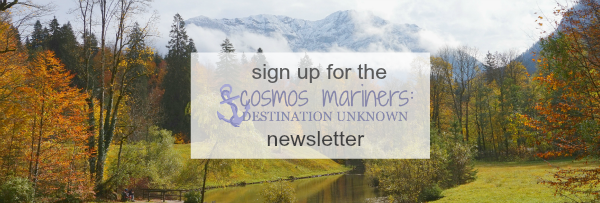Dr. Martin Luther King, the Civil Right Movement, and St. Augustine, Florida
When I visit a place that has a deep history, I like to close my eyes and think for a moment about all of the people who have stood where I now stand, the things that the surrounding buildings have seen, and the unrelenting march of time that somehow seems to pass these amazing places by.
If you've ever been to St. Augustine, Florida, there are plenty of places to experience such moments. After all, this is a city that has been continuously inhabited since before Jamestown, Virginia. Flags from Spain (twice during the city's history), Britain, and the U.S. have all been hoisted above the town.
Nowadays, St. Augustine is a living monument to history, a college town, and a beloved vacation spot. However, in all of the historical moments that you probably know the city for--the early Spanish presence, the British rule, the colonial American port--one moment that isn't discussed as often is the St. Augustine's part in the Civil Rights movement.
The next time that you're in town, take a moment between your tour at the Castillo de San Marco and your lunch reservation at the Raintree, and wander over to King Street and place yourself in front of what is now a small Wells Fargo bank.
 |
| The mural out in front of the Wells Fargo is the only reminder of what happened here in the early 1960s. |
One has not only a legal but a moral responsibility to obey just laws. Conversely, one has a moral responsibility to disobey unjust laws. I would agree with St. Augustine that ' an unjust law is no law at all.
-Martin Luther King, Jr., "Letter from a Birmingham Jail," April 16, 1963
This very ordinary building, a bank that now looks like one that you could find on any other corner of American, was a crucial part of the St. Augustine Movement, and one that ultimately had great influence in the passage of the Civil Rights Act in 1964.
 |
| These metal footprints in Plaza de Constitucion commemorate the bravery of activist Andrew Young who was beaten as he protested along King Street. |
Local activists were successful in getting the nation's attention on St. Augustine, in the hopes that people from across the U.S. would see the violence that was occurring towards the Civil Rights supporters. In May 1964, Dr. Martin Luther King decided to journey to the city to raise more awareness of his cause, and he had to be hidden in a different home in the Lincolnville section of the city each night of his stay because of the violent threats towards him.
 |
| One of the Lincolnville homes in which Dr. King was hidden during this visit to St. Augustine |
During this visit, he was arrested after he asked to be served at a segregated restaurant.
He penned a letter to his friend, Rabbi Israel Dresner, who responded by coming to the city with many fellow rabbis. All 17 rabbis were arrested.
We do not underestimate what yet remains to be done, in the north as well as the south. In the battle of racism, we have participated here in only a skirmish. But the total effect of all such demonstrations has created a Revolution; and the conscience of the nation has been aroused as never before. The Civil Rights Bill will become law and much more progress will be attained because the national consciousness has been touched in this and other places in the struggle.
-"Why We Went: A Joint Letter from the Rabbis Arrested in St. Augustine," June 19, 1964
The violence came to a fevered pitch in June 1964, when a group of black and white protestors jumped in the segregated pool at the Monson Motor Lodge as a protest against the whites-only swimming policy. Hotel owner James Brock grabbed a bottle of muriatic acid and began to pour it into the pool with the protestors to scare them. Thankfully, the acid became too diluted in the pool water to harm the protestors; the owner called the police, and the men and women in the pool were arrested that day.
Just a day later, President Lyndon B. Johnson announced that the Civil Right Act had been passed, and many activists point to the events in St. Augustine for being the final acts to sway the nation.
Today, the Monson Motor Lodge is gone; it was replaced by the Bayfront Hilton in 2005, a controversial decision. Little physically remains of the struggles that the Civil Rights protestors went through in 1963 and 1964, so it is up to the visitors and residents to keep fighting the good fight towards equality--in St. Augustine and beyond.
If you're interested in paying homage to those people who helped in the Civil Rights movement in St. Augustine, make sure to visit the Foot Soldiers Moment in the Plaza de Constitution (at the corner of King and Charlotte streets).
While this is certainly a sad and violent part of St. Augustine's history, I think it is important for all of us to remember so that we are not doomed to repeat it--and so that we can learn how to embrace our differences while finding those common threads that bind us together.
What Civil Rights monuments have you visited? Have you visited St. Augustine?
Want even more travel goodness? Sign up for the newsletter and get the latest Cosmos Mariners updates, giveaways, and travel news right to your inbox!



